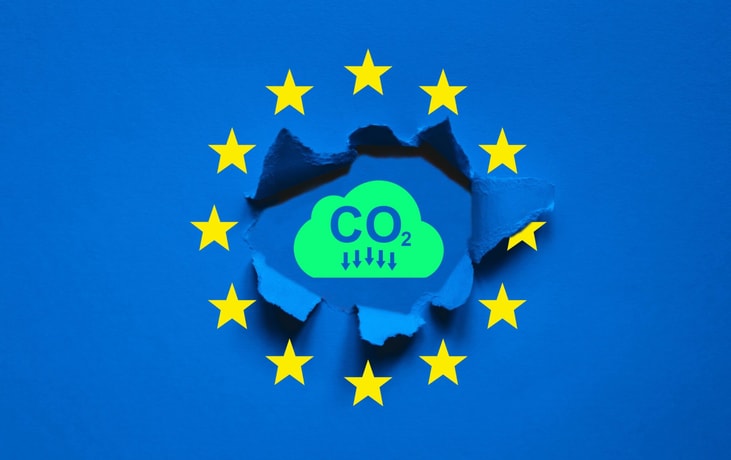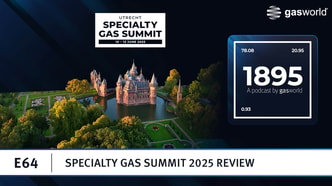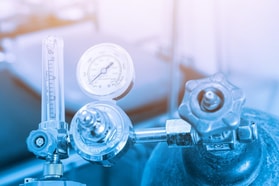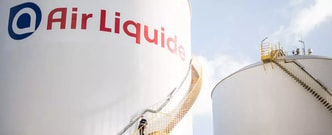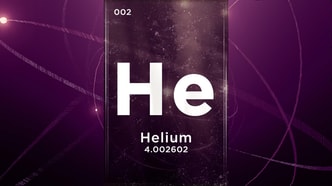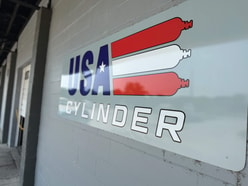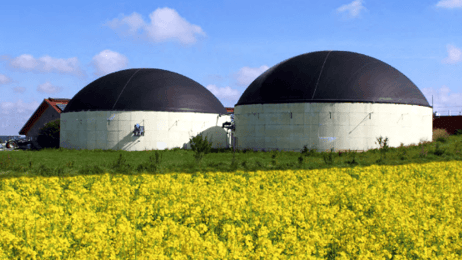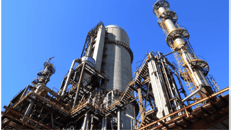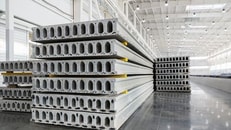Net Zero Industry Act lays out EU CO2 storage targets by 2030
Europe’s Net Zero Industry Act sets an EU objective of reaching an annual 50Mt injection capacity in carbon dioxide (CO2) storage sites by 2030.
The Act will remove a major barrier to developing CO2 capture and storage as an economically viable climate solution, in particular for hard to abate energy-intensive sectors, according to an European Commission statement, as well as spur Net Zero technology manufacturing in the EU.
To further support the uptake of renewable hydrogen within the EU as well as imports from international partners, the Commission also presented its ideas on the design and functions of the European Hydrogen Bank.
Ursula von der Leyen, President of the European Commission, said we need a regulatory environment that allows us to scale up the clean energy transition quickly.
... to continue reading you must be subscribed

